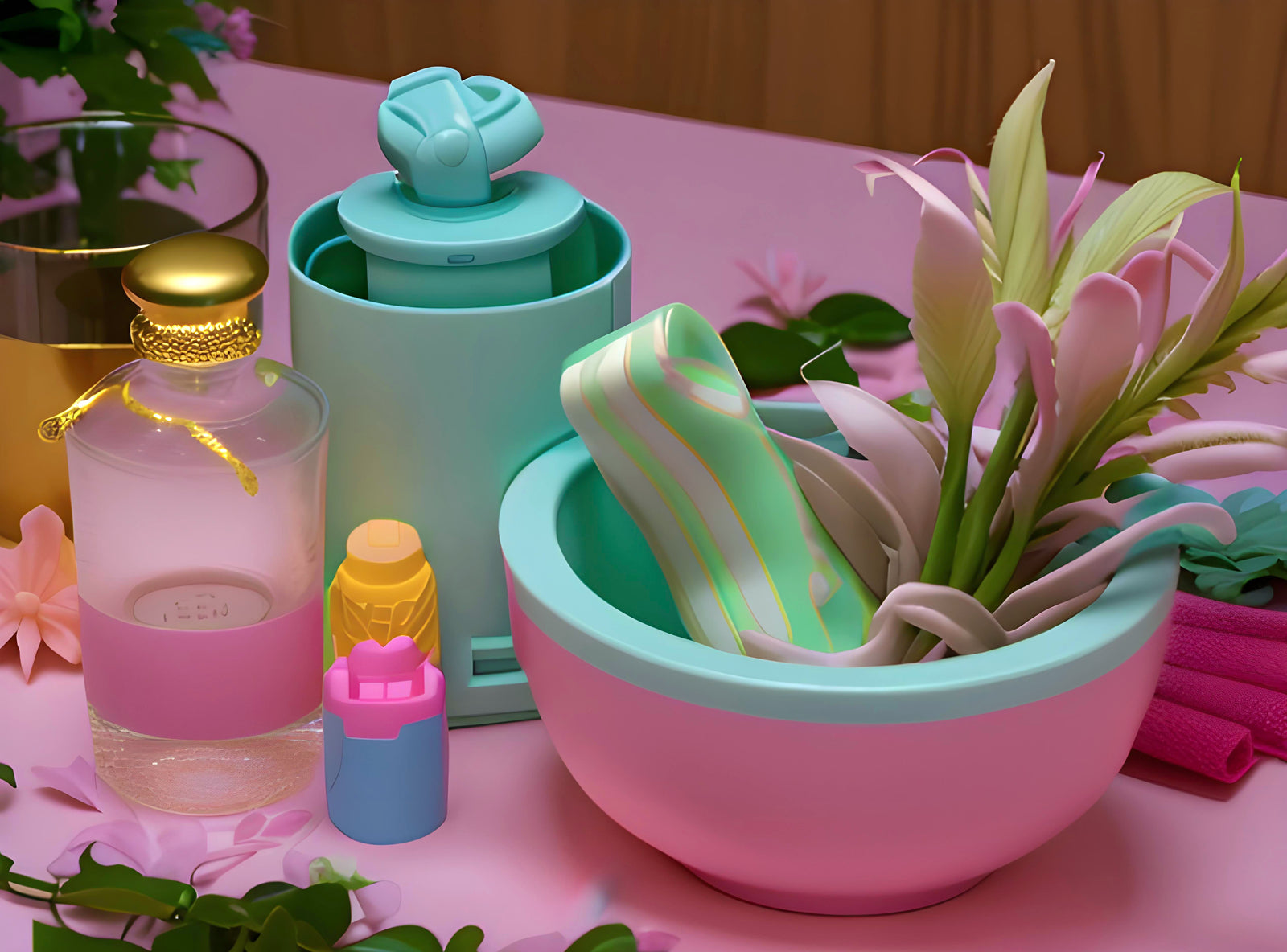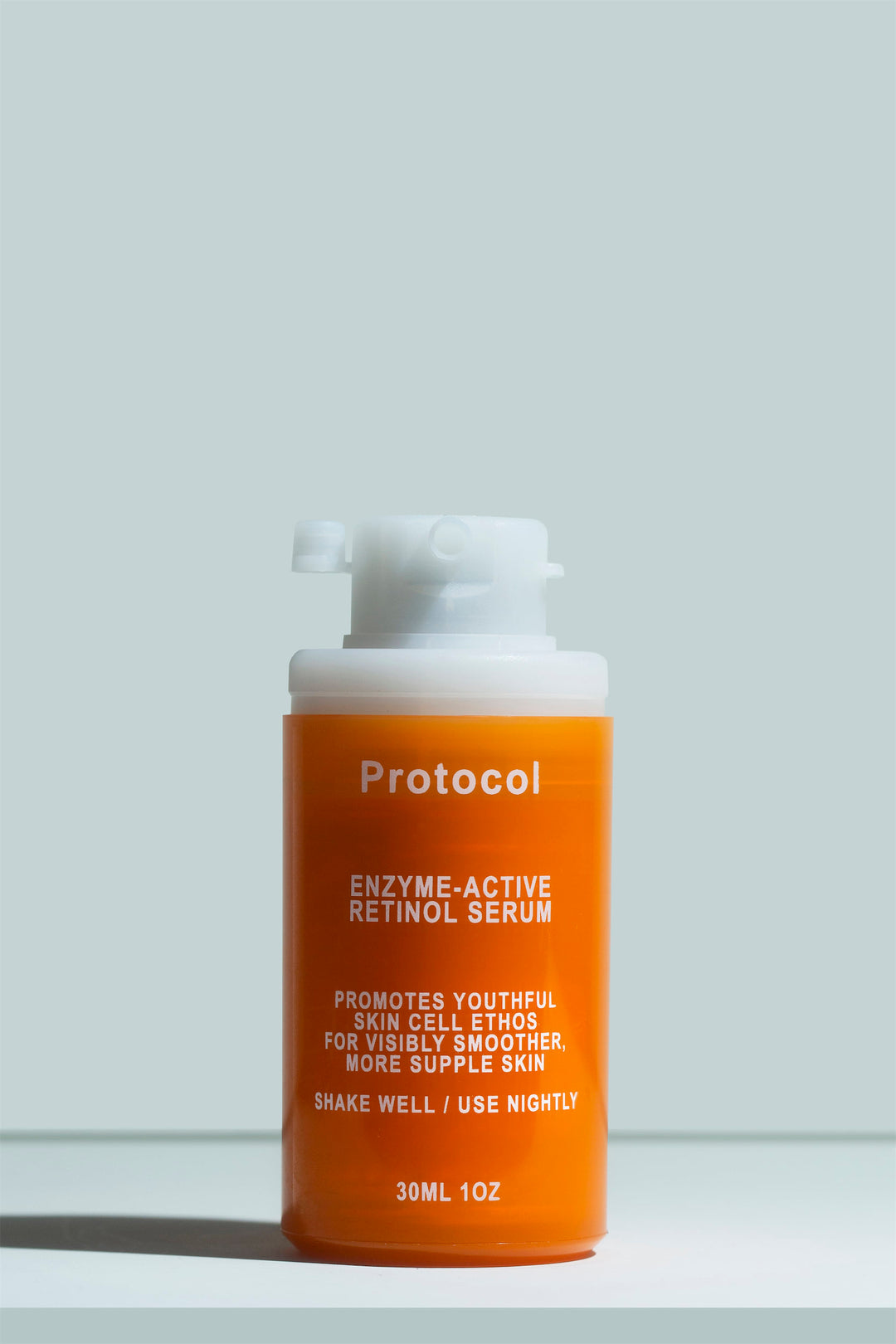DIY Skincare: Is It Safe or Effective?

The popularity of the DIY skincare trend makes a ton of sense. It’s cheaper and healthier to make food at home rather than buying. Couldn’t the same apply to making your own skincare?
There are other factors that make DIY skincare attractive, from fear of unknown chemicals to the desire to have fun creating your own concoctions. The trouble is that DIY skincare isn’t very good. A quick Google search brings up DIY skincare recipes that range from ineffective to downright dangerous.
If you’ve considered dabbling in homemade cosmetics, we’ll explain the risks in this post. Our goal with this guide is to help you understand what makes DIY skincare harmful and why it’s not a good alternative to commercial skincare. We’ll also explain how you can identify particularly dangerous recipes, so you can dabble in making skincare in a safer manner.
The risk of DIY skincare
DIY skincare comes with a lot of risks, from contamination to skin irritation. By understanding the main risks of DIY skincare and what brings them about, you can make safer choices.
Contamination & infections
The most common and serious issue with DIY skincare is that it can become a breeding ground for pathogens. Some of the microbes that can contaminate cosmetics can lead to serious skin infections impetigo or conjunctivitis.
Bacteria and fungi thrive in moist environments, so water-based recipes or recipes that combine liquid ingredients like tea or rosewater with oil are especially dangerous.
Even anhydrous (i.e., waterless) formulas like oil cleansers and body scrubs should include a preservative since they’re often kept in a moist bathroom environment where they can become contaminated.
In commercial cosmetics, preservatives prevent the growth of microbes, which is why you can keep your moisturizers on your bathroom shelf rather than in the fridge.
Some homemade skincare recipes suggest using essential oils or plant extracts that exhibit some antimicrobial effects. However, there are many different pathogens that can grow inside skincare, and the common “natural” preservatives like grape seed extract and rosemary oil don’t have the ability to kill all of them, so adding a few drops to a DIY formula isn’t a safe alternative.
At Protocol, we actually have a few preservative-free serums! It may sound wild, but we also have a sterile lab and an absurdly meticulous bottling process that keeps our formulas 100% protected from air and contaminants. Plus, our products undergo stability and contaminant testing, to ensure that our process actually works to keep Protocol formulas stable, safe, and effective.
Irritation and dermatitis
Some of the most frequently recommended ingredients in online skincare recipes include ingredients that are highly likely to irritate the skin or cause an allergic reaction. The worst ones are lemon juice and different kinds of essential oils.
Cosmetic chemists follow guidelines set by organizations like the International Fragrance Association to ensure they’re using these ingredients in safe quantities. At Protocol, we take it a step further by avoiding all fragrances in our products!
Sugar, salt, and other scrubs also have the potential to damage because they’re physical exfoliants. When used gently and infrequently (and ideally, not on the face), they’re less likely to cause issues. However, on sensitive areas like the face and neck, physical exfoliation removes dead skin in an uneven manner, and it can often damage the lower layers of the skin. This is why we prefer to use gentler, chemical exfoliants like alpha hydroxy acid in our products.
Photosensitivity
Photosensitivity is a condition where the skin is highly sensitive to the sun. It can cause you to get sunburned even with minimal exposure. With greater exposure, the sunburn can be very severe, sometimes causing scarring or requiring hospitalization.
A lot of DIY skincare recipes call for ingredients that cause photosensitivity, like lemon juice or lemon peel oil. There have been case studies where people experienced severe burns from going outside with lemon juice or essential oil on their skin.
Acid mantle disruption
Our skin is at its happiest around 4.5 to 5.5 pH, which is slightly acidic. Yet, for some reason, alkaline ingredients like baking soda keep showing up in DIY scrubs and other skincare recipes.
There’s a strong correlation between pH disruption and skin diseases like acne and atopic dermatitis since healthy skin pH correlates with better resistance to pathogens and bacteria, as well as better hydration levels.
On the other hand, ingredients that are at a very high or very low pH can disrupt the skin’s acid mantle, leading to a higher risk of breakouts and irritation.
Is DIY skincare effective?
Most DIY skincare isn’t particularly effective, especially in comparison to commercially made products. The majority of homemade skincare recipes don’t include ingredients or combinations of ingredients that can impact the skin in a meaningful way.
Take moisturizer as an example - many of the DIY lotion recipes online only contain oils, waxes, and plant butters. These recipes come with a minor risk of causing breakouts, but otherwise, they’re not too dangerous. Unfortunately, they’re also not great lotions.
At best, such DIY formulas will help keep the skin moisturized after a shower, but they don’t have ingredients that promote hydration on their own. By comparison, you could pick up a generic drugstore moisturizer for just a few dollars and it would have vastly superior effects. It will also be significantly more pleasant and less likely to break you out.
There are also cases where the lack of efficacy can be downright dangerous. DIY sunscreen formulas are a chief example. Sunscreens have to undergo SPF testing to ensure they actually provide the protection that’s on the bottle. With a DIY sunscreen, it’s impossible to ensure sufficient dispersion and efficacy, so they put you at risk of sunburn and skin cancer.
DIY skincare safety tips
For all of the reasons we’ve mentioned above, we’d advocate avoiding DIY skincare altogether. In the best-case scenario, you can expect minor skin benefits that don’t surpass even the cheapest products. In the worst-case scenario, you can severely damage your skin through irritation, sunburn, or infection.
That said, if you’re set on making up your own concoction, maybe as a fun activity with friends or children, here are some tips that’ll help keep you safe:
- Make single-use products like face masks. Use them immediately, before there’s a chance for dangerous pathogens to breed.
- Disinfect everything you plan to use, including your work surface, mixing bowls, and any other equipment.
- Avoid using any essential oils, spices, citrus-based ingredients, abrasives, and baking soda, which are the common culprits for skin irritation, photosensitivity, or barrier damage.
If you’re interested in formulating skincare in a safer and more advanced way, there are excellent online sources like Humblebee & Me and Reddit’s DIY Beauty community. Unlike most of the recipes that come up in blogs, these sites offer excellent advice on how to use preservatives, keep your space clean, and create DIY formulas that are less likely to cause harm.
A lot of people do fall in love with the process, and it becomes a hobby that’s rewarding for its own sake, which is awesome! That said, others discover that it’s more time-consuming and costly than they expected - there’s a reason why formulating skincare is usually left to the chemists.
Just keep in mind that without access to microbial testing, you’ll have a hard time verifying that your products are truly safe. That’s why most sources caution against selling anything you make and even recommend you avoid giving things to friends.
Buy the lotion, make the mask
There’s something alluring about playing chemist and harnessing what’s already in your kitchen to make DIY skincare. We’ve been there, we’ve done it, and it can be a lot of fun. Unfortunately, it can also be disastrous for your skin and your overall health, because of irritating ingredients and the high risk of contamination.
In skincare labs, we follow sets of guidelines and best practices that dictate how we test our ingredients for contaminants, how we keep a hygienic environment, and how we test our finished products for safety and stability. While some DIY skincare recipes are safer than others, going into the process without understanding the risks could end in breakouts, infections, or even dermatitis.
If you want to make a single-use, fragrance-free DIY mask, we think that’s alright! When it comes to your staples, though, it’s better safe (and effective) than sorry.




